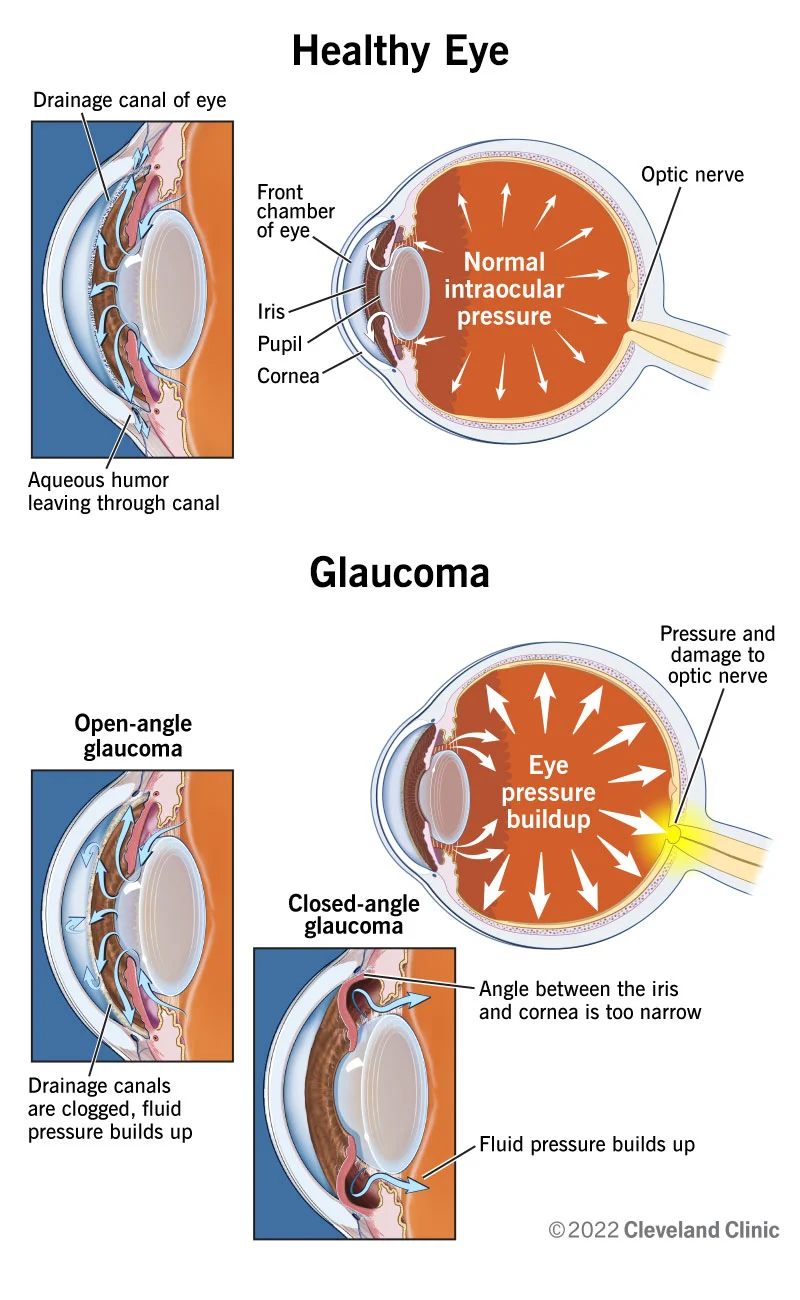
Glaucoma Management
Glaucoma is a disease in which eyesight is permanently damaged due to increased eye pressure & many other factors. This is a dangerous disease because in the majority of cases patient does not feel any symptoms. Suddenly he/ she comes to know that he/ she has lost significant eyesight. This is common in persons who are wearing a high number of glasses, have Diabetes mellitus, have a family history of glaucoma, etc. We recommend that every person should get his/ her complete eye examination once a year after the age of 40. If this disease is diagnosed in the early stages, it can be treated by medicines only. If not controlled by medicines laser & surgery are other options.
FAQs

